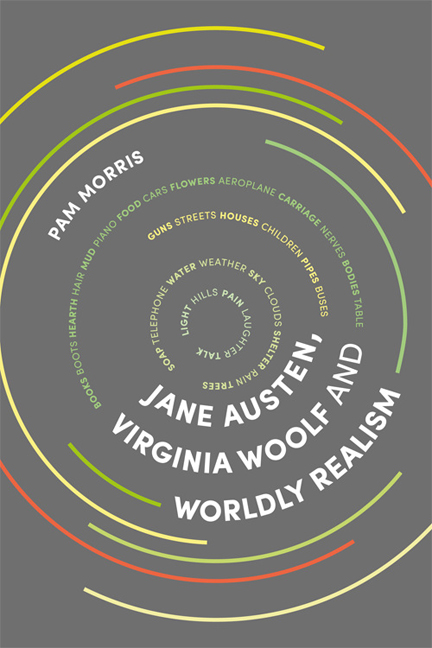1 - Sense and Sensibility: Wishing is Believing
Summary
Sense and Sensibility (1st drafts c.1795–7; pub. 1811) opens with a wrenching moment of change and loss as the Dashwood women are forced to leave their home. Yet the pressures and insecurities of lives caught up in processes of change seem barely to figure in popular screen adaptations of Austen's novels which serve largely to perpetuate an idealist consensus. Visually beautiful and nostalgic in tone, these versions of her stories offer viewers entry into a charmingly organic English world of pretty young women, safely comic idiosyncrasy, wealthy young men and country estates. This is a popularised idealism of eternal verities, benign hierarchy, predictable plots, all untouched by historical forces and seeming to have existed always in a sunny clarity of the imagination. Such depictions represent what Raymond Williams has criticised as ‘idealised abstractions’ of Austen's novels. Yet this bland popularism belies the critical seriousness with which Austen's writing was received by some, at least, of her first readers. Walter Scott, for example, immediately recognises that Austen is doing something new in fiction. Not only is she dealing with characters and feelings taken from ordinary life as opposed to the nobility, it is the innovative quality and detail of this ordinariness in her writing that is interesting and illuminating for Scott. What Scott appears to grasp here is that Austen is shifting the field of the perceptible, to use Jacques Rancière's term, making visible and audible a familiarity which was nevertheless previously below the horizon of notice, deemed inappropriate to the dignity of representation. Rancière locates this shift of representational regime at around the end of the eighteenth century.
The potential insights contained in Scott's assessment of Austen had dissipated by the mid-nineteenth century. George Henry Lewes condescendingly concurred with those like Bishop Whately who, in 1822, praised the Shakespearean realism of Austen's dramatic dialogues; for Lewes, however, the smallness of scale and limited social range of her work denied it serious artistic stature. This view of an unhistorical, unchallenging Austen was reinforced by her family's posthumous emphasis upon her retiring, lady-like demeanour. Although she remained steadily popular through into the twentieth century, there was no early critical reappraisal of the importance and scale of her work.
- Type
- Chapter
- Information
- Jane Austen, Virginia Woolf and Worldly Realism , pp. 29 - 54Publisher: Edinburgh University PressPrint publication year: 2017

